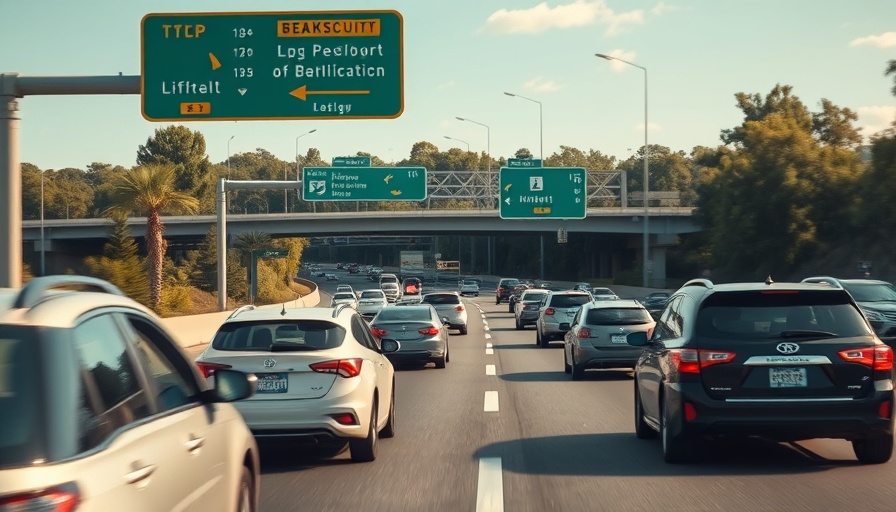
The Dangers of Making a U-Turn on the Highway
Missing an exit on the highway can be a frustrating experience, eliciting impulsive decisions that can significantly jeopardize your safety. While the temptation to make a U-turn might seem like a quick fix, it’s crucial to understand that the legality and safety of such maneuvers are highly questionable.
Understanding Highway U-Turn Laws
As mentioned by accident reports and traffic safety experts, highways are designed for high-speed travel, and any deviation from standard traffic rules can lead to catastrophic accidents. U-turns on highways are generally categorized as illegal unless designated U-turn lanes are marked. Generally, highway turnover areas are strictly reserved for emergency vehicles like police, ambulances, and road maintenance crews, as highlighted in numerous law reports including coverage by the Wisconsin State Patrol.
The Legal Consequences of Making a U-Turn
According to the legal overview provided by ConsumerShield, illegal U-turns in many jurisdictions carry severe penalties. These can range from hefty fines, which typically range from $50 to $300, to points added to your driving record, which can eventually lead to license suspension. The seriousness of the traffic violation stems not only from the act itself but also from the potential for causing accidents.
Safety Risks: The Hidden Dangers of U-Turns
Making a U-turn during high-traffic conditions or poor visibility can lead to dangerous situations that jeopardize not only your safety but also the safety of other drivers and pedestrians. Each year, U-turn-related accidents are reported to become increasingly serious, often resulting in litigation and injury claims. A comprehensive study on U-turn accidents by Arnold Law Firm emphasizes the complexities surrounding liability in such crashes. If an illegal U-turn leads to an accident, the driver attempting the U-turn could be held fully responsible for any injuries or damages incurred.
What Should Drivers Do Instead?
The safest action when missing an exit is to proceed to the next available exit. Although this may seem inconvenient, it’s far preferable to risking personal injury or legal repercussions. Instead of taking potentially dangerous shortcuts, drivers can take a moment to breathe and enjoy the scenic route instead. Allowing yourself time to safely navigate back to your intended route might even surprise you with unexpected views and discoveries.
Common Misconceptions About U-Turns
Many drivers mistakenly believe that if there are no explicit signs prohibiting a U-turn, it is permissible to make one. However, as outlined in the research conducted by Truman Legal, clarity around local traffic laws is key. In areas where visibility is poor, or in high-traffic districts, making a U-turn—a maneuver supposed to be completed quickly—could lead to accidents.
Future Predictions: The Safer Roads Initiative
As traffic law evolves with technology, new guidelines aimed at preserving traffic flow and safety on highways are likely to emerge. This includes potential installations of more visible signage and dedicated U-turn lanes specifically for non-emergency vehicles. Alongside these technological advances, educational campaigns stressing the dangers of impulsive driving maneuvers will encourage safer road habits among motorists.
Conclusion: The Smart Driver’s Choice
While the urge to correct a missed exit may prompt a U-turn, the intelligent choice is to opt for legal and safe driving practices. Taking the time to address the situation properly may lead to a safer journey, maintaining your safety and that of others on the road. By understanding the critical implications of traffic laws concerning U-turns, drivers can remain responsible and dedicated to safe driving.
 Add Row
Add Row  Add
Add 




Write A Comment